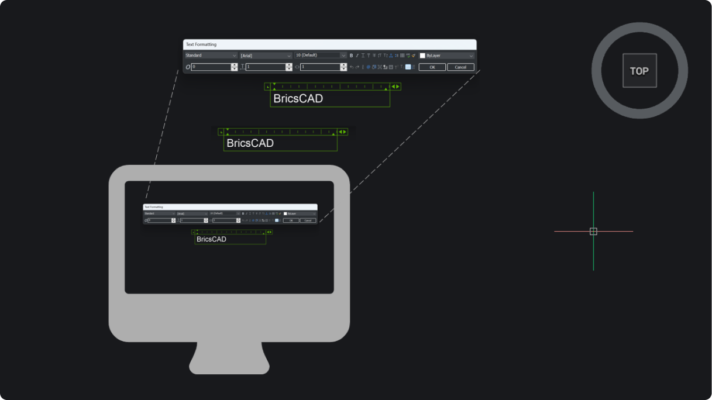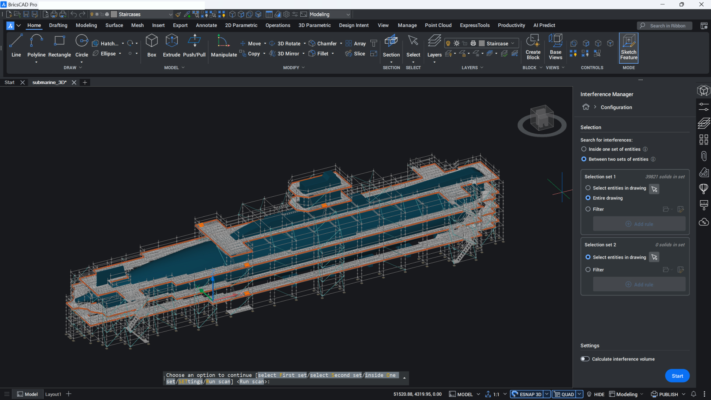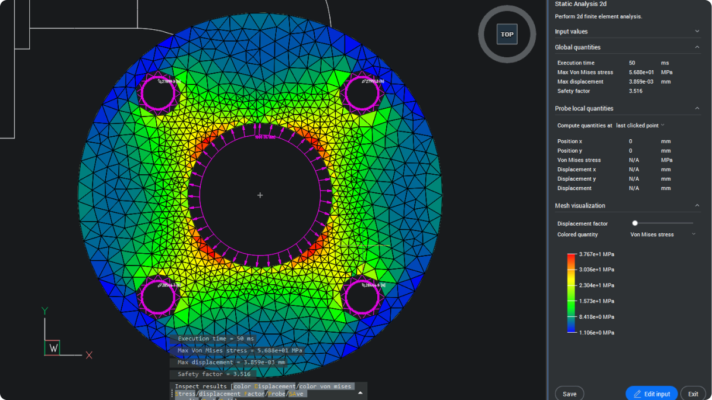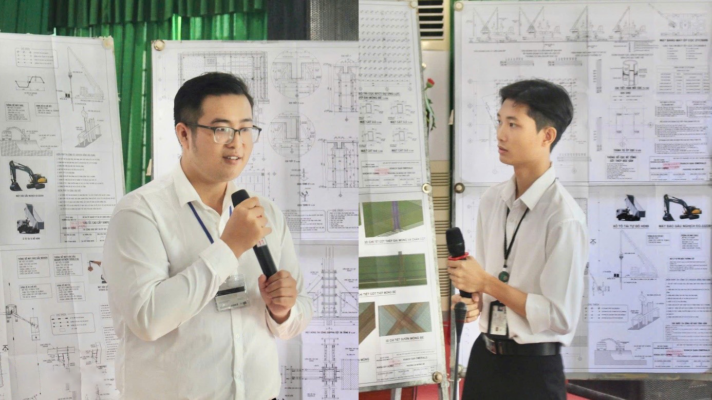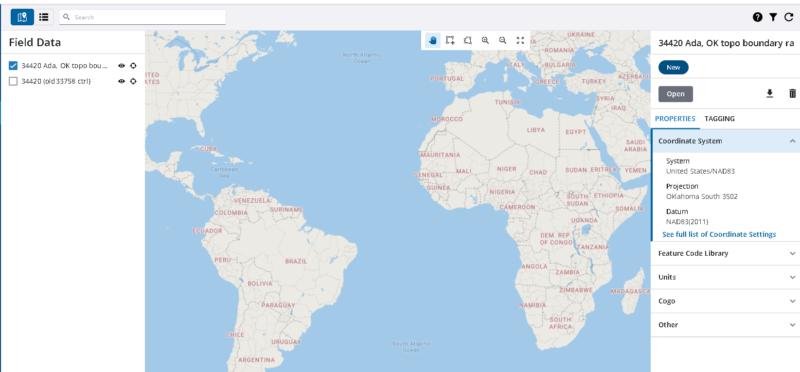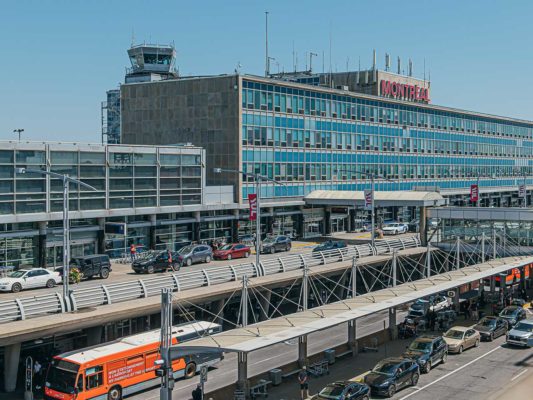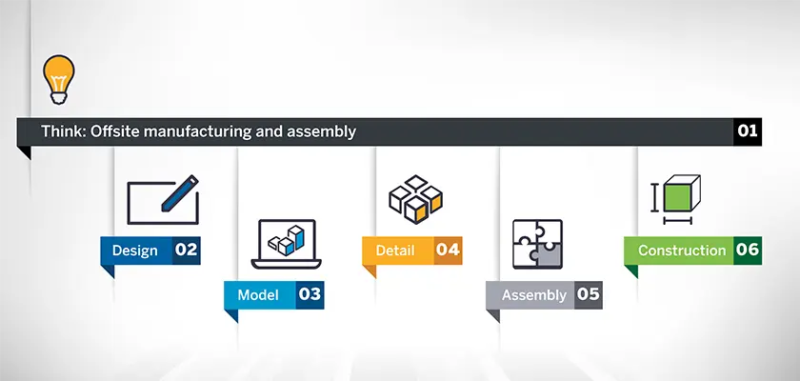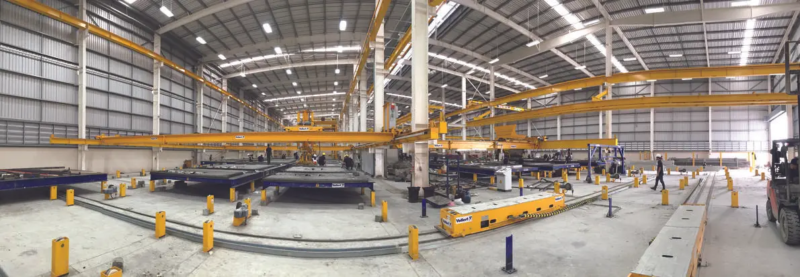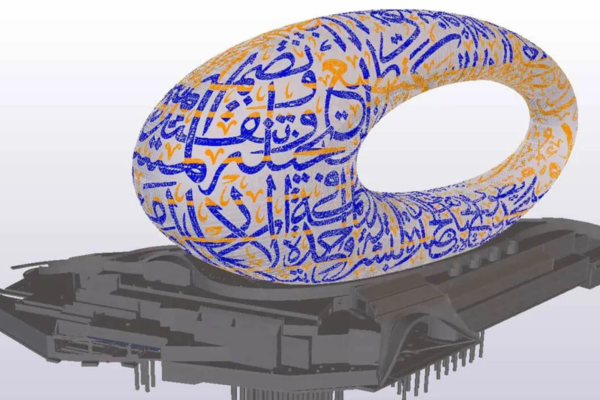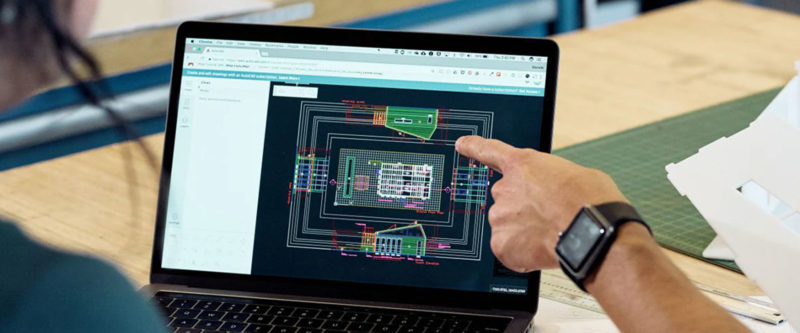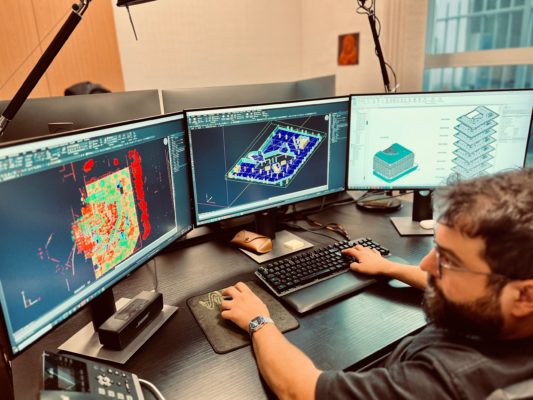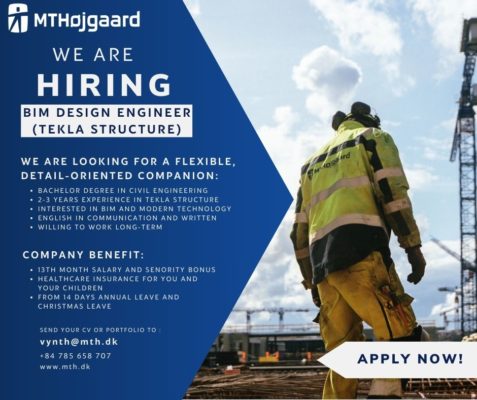Modular construction is becoming less of a niche market and a real growth area within the construction sector.
For decades, construction companies have chosen modular construction for the convenience of having factory-produced, pre-engineered building units delivered and assembled on site. In the late 1990’s, the Egan Report suggested the predictability and efficiency of offsite construction could improve project performance, enhance construction quality, improve health and safety, and even reduce construction time. Since then, countless other reports have confirmed this theory, which is now being proved correct on a practical level.
But despite this, offsite production is still often under-appreciated and misunderstood. Many still see it as a method for building simple or temporary structures in a short amount of time. But in reality, many architects now choose modular construction over traditional construction to create visually striking buildings, which are built to an exceptional standard. These include ambitious projects such as the Halley VI Research Station, and the 360 foot tall Marriott Hotel in New York City.
Challenges to be considered
On the flipside, it’s important to remember modular construction is not a one size fits all method. It’s a high-tech process that must be conducted with the right technology, components and systems, and this comes with challenges. For starters, committing to a particular manufacturer or system means that a supplier’s inability to deliver can cause delay or additional costs. This is especially true with proprietary technology.
Then there’s the challenge of ensuring that co-operation between onsite and offsite works.
According to Ms Oxana Kyllönen, Business Development Manager at Trimble, “A lack of standard connections and details can also create difficulties when integrating different materials, systems or components.”
In addition to this, site and logistical constraints can influence the adoption of offsite construction. For example, transporting offsite elements from the factory to the final construction site imposes additional logistical requirements.
Finally, offsite projects typically require an up-front investment of large amounts of capital. The House of Commons HCLGC report highlighted this as the biggest barrier to increasing the uptake of modular construction among small and medium housebuilders.
Nonetheless, once these challenges are taken into account, there are a myriad of benefits that make modular construction an ever more attractive option.
Quickest, lightest and most efficient way of building housing
One crucial benefit is more efficient construction. Onsite production often gets delayed by bad weather, material shortages, planning issues and even material theft. Whereas modular construction is a highly organised and streamlined process that can see construction project times reduced by up to 50% as models are ready before they leave the factory. When materials are delivered onsite, construction workers can immediately build with 100% completed parts.
Indeed, a 2008 “SmartLIFE” report by BRE, focused on modern methods of construction, found that a perfectly square brick building in an open field by itself was the cheapest way of building houses. However, as soon as you put a second house beside it, then LGS (light gauge steel) became the most efficient. This was also the case if the building was rectangular. All in all, it showed LGS was the quickest, lightest, the most efficient way of building housing.
Increased use of modern technologies
Another reason for the increased popularity of modular construction is the improvement in technology. Expertise in BIM, for example, is a crucial component to success. It’s no wonder then, that according to Report Linker, the market for Building Information Modelling (BIM) is expected to grow significantly in the next four years. BIM helps ensure you hit schedules and don’t go over budget. In fact, according to the Dodge Data & Analytics’ recent research on modular and prefabricated construction, using BIM will improve budget and schedule performance by 30%.
In the planning phase, BIM is particularly beneficial for modular construction. This is because there’s not much room for error, and because the design needs to be agreed early in the process. For example, when working within a limited space, the BIM level of detail prevents expensive miscalculations. What’s more, it allows project parties to collaborate remotely without interruptions and even work in the same model to ensure clash-free design. This, in turn, allows them to plan and manage projects together in as detailed a way as necessary.
Collaboration made easier
Modular construction is not only faster and often more affordable, but requires less skilled labor, too. According to the Q4 2019 Commercial Construction Index, 89% of contractors surveyed reported having a moderate or difficult time finding qualified workers. One of the reasons for that, according to Steven Napper, Director of Modern Engineered Software Solutions Ltd, is that more people are leaving the industry than coming in, and in 10 years time we could possibly come to a point when there are not enough resources to build anything.
The idea of offsite construction is that it can simply be more automated. With the precisely detailed data from 3D models, like Tekla Structures, we can be using more cobots. The industry can attract more junior resources, opening up to a wider audience and not restricting itself to the very limited cohort of trained and qualified tradesmen.
Finding enough skilled workers to collect data in a field is hard, too, when you’re still relying on time-consuming, manual methods. Traditional data collection in the field is a labor-intensive task, requiring multiple people and several days or weeks to complete. Because 3D scanning streamlines workflows, it reduces the need for skilled workers to perform critical tasks.
According to David Burczyk, Portfolio Manager for the 3D Capture Solutions with Trimble Construction, recent advancements in 3D laser scanning technology, like more intuitive operation and automatic features, are also making scanning more accessible to more team members.
Laser scanning saves weeks of work
It’s clear that laser scanning, like the Trimble X7 Scanning System, is ideally suited to modular construction too. It can take two weeks and four workers to digitise an existing area of a building, resulting in the entire project taking 3,000 hours of labor. But with a 3D scanning solution, a team is able to scan the entire project in 300 hours and bring it into a 3D model, like Tekla Structures, amounting to a 90% reduction in labor.
What’s more, existing site data from the laser scanning can be passed to Tekla Structures and used to create as-builts where they don’t currently exist, and used to compare drawings or documentation against as-built conditions. This then allows accurate and precise prefabrication to happen offsite, with only the assembly happening onsite. By minimizing onsite construction requirements, it not only saves costs but the impact of those living, work or visiting the site are also minimized. This can be particularly significant when working on sensitive facilities like schools, healthcare and apartment buildings where closing them for any period of time isn’t practical or feasible.
If you’ve used 3D scanning before, you already know the benefits it brings to BIM workflows. From the fast collected detailed site data to bringing that data into a digital 3D model, like Tekla Structures, to build off, it reduces rework and increases productivity. In short, it can mean the difference between a minor course adjustment and a colossal project failure.
Read more:
Overcoming Complexity and Driving Efficiency in Bridge Design with Parametric Design
The Six Most Common Challenges in Rebar Detailing and How to Overcome Them
Easier to document and visualise
When used for renovation and remodeling projects, 3D laser scanning makes it much easier to document and visualize the current as-built conditions. The data can be passed to Tekla Structures and used to create as-builts where they don’t currently exist, as well as to create accurate 3D models and compare drawings or documentation against as-built conditions.
For new construction, 3D laser scanning of site conditions helps with construction planning. It can also help you verify that prefabricated components are constructed and assembled accurately before they’re installed. And just as with renovations and remodels, the scan data also gives you a reliable way to track and compare your work against 3D models and drawings, as well as check off project milestones as they’re completed.
High-quality manufacturing and less waste
Modular construction also benefits from highly-skilled offsite teams spotting errors. Thanks to close inspection and quality control projects from framing to finishing, they can easily communicate issues to their team. On top of that, parts are subject to standardised internal inspections and tests as well as extensive third party reviews, to ensure the finished product is of the highest standard. Modular construction doesn’t just match the quality standards of traditional construction; it beats them.
Modular buildings also use almost 67% less energy than traditional buildings. This is partly thanks to BIM software, which makes it easy for designers to make changes and corrections before transporting materials. Small mistakes onsite can send tons of unwanted materials into landfill, and even correct materials are vulnerable to rot and damage in harsh weather. But modular construction has put a stop to this, resulting in a 90% reduction of project material waste.
As you can see, modular construction has numerous benefits and is easier to implement than ever before. If you’d like to be part of the modular movement, check out Trimble and Tekla Structures. This cutting edge, user-friendly software has delivered off-site manufacturing solutions for over 20 years.
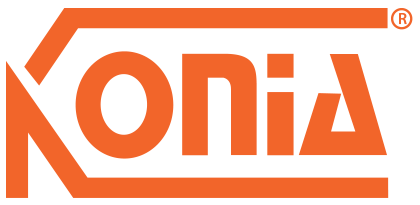

 Tiếng Việt
Tiếng Việt